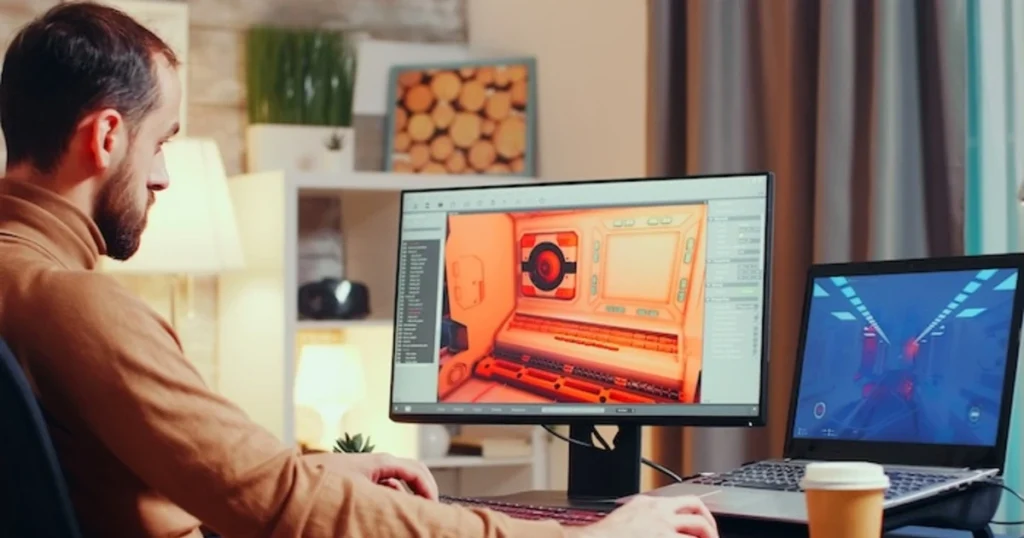
alternatives to disney plus
In 2025, AI-powered image editors have revolutionized the way we enhance and create visuals. Whether you’re a photographer, marketer, or social media enthusiast, selecting the right AI image editor can significantly impact your workflow and creative output. Here’s a guide to help you choose the Best AI Image Editor tailored to your needs.
1. Assess Your Editing Requirements
Begin by identifying the specific tasks you need the editor to perform. Are you looking to:
- Enhance photo quality?
- Remove backgrounds?
- Add artistic filters?
- Generate images from text prompts?
Understanding your primary objectives will help you select an editor that aligns with your goals.
2. Evaluate User-Friendliness
Especially for beginners, the interface’s intuitiveness is crucial. A steep learning curve can hinder productivity. Look for editors that offer:
- Drag-and-drop functionality.
- Pre-set templates.
- Guided tutorials.
A user-friendly interface ensures you can focus on creativity rather than navigating complex tools.
3. Consider Platform Compatibility
Ensure the AI image editor is compatible with your operating system and devices. Some editors are web-based, while others require downloads. Choose one that fits seamlessly into your existing setup.
4. Examine AI Capabilities
The strength of an AI image editor lies in its artificial intelligence. Key features to look for include:
- Automatic enhancements: Adjusting brightness, contrast, and sharpness without manual input.
- Object removal: Eliminating unwanted elements from images effortlessly.
- Style transfer: Applying artistic styles to photos.
- Image generation: Creating visuals from textual descriptions.
Advanced AI capabilities can save time and produce professional-quality results.

5. Check for Batch Processing Features
If you’re dealing with multiple images, batch processing can be a game-changer. This feature allows you to apply edits to numerous photos simultaneously, streamlining your workflow.
6. Review Pricing Models
While some AI image editors offer free versions, they may come with limitations such as watermarks or restricted features. Evaluate the pricing tiers to determine if the premium features justify the cost for your needs.
7. Read User Reviews and Testimonials
Before making a decision, research user reviews and testimonials. They can provide insights into the editor’s performance, reliability, and customer support.
Conclusion
Choosing the Best AI Image Editor involves assessing your specific needs, evaluating the editor’s features, and considering factors like ease of use and pricing. For those seeking a powerful yet user-friendly option, consider exploring the free AI image editor offered by Magichour. It combines advanced AI capabilities with an intuitive interface, catering to both beginners and professionals.


